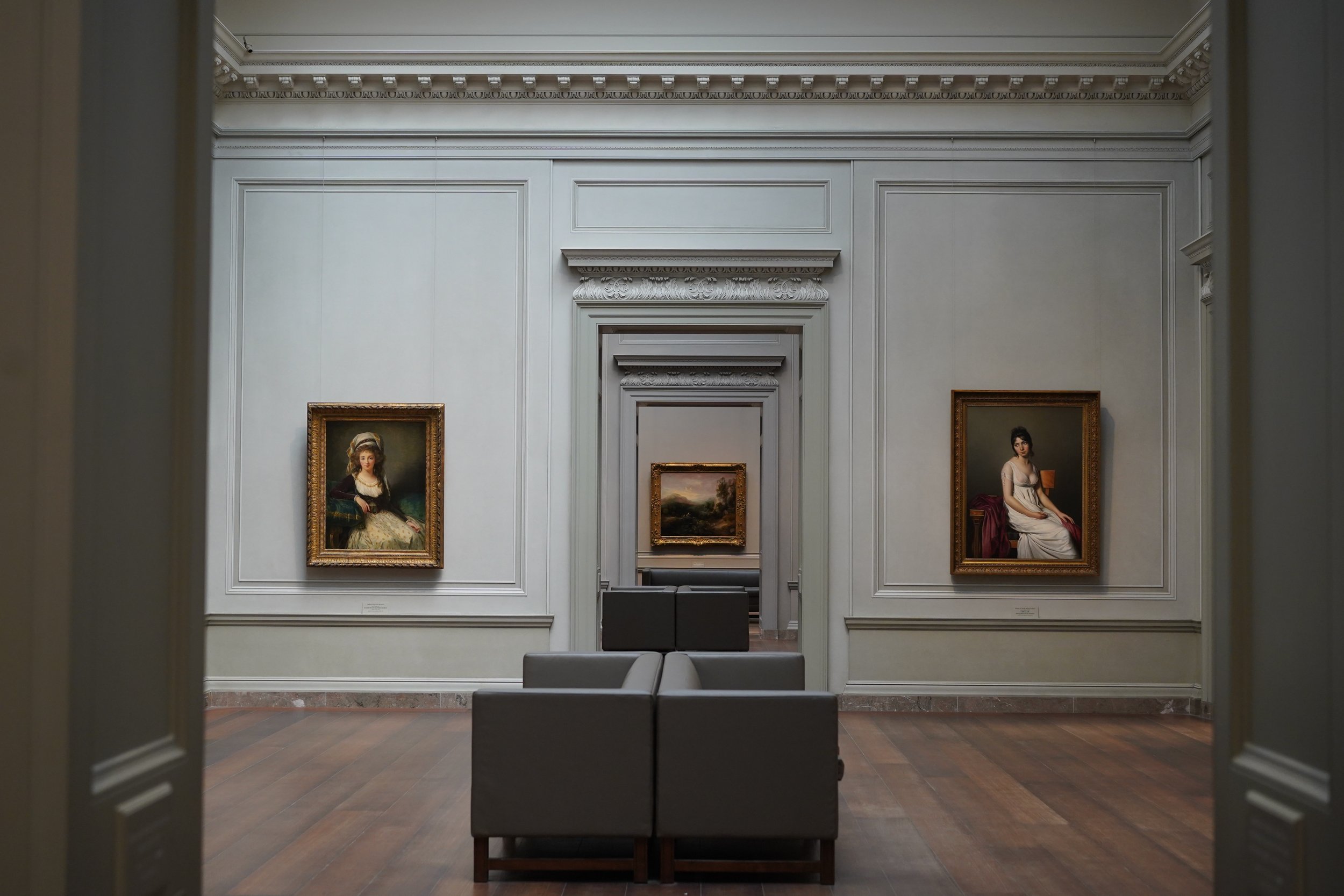Christian by Accident: Intentionality in Art
Article III in the Christian Aesthetics series
Can art be Christian by accident?
So far, this series on Christian aesthetics has discussed the factors that define Christian art in particular, as well as art in general. However, a question that has not yet been addressed is intentionality in Christian art—that is, can an artwork not intended to be Christian art still have Christian art’s proper effect of displaying truth in its form and content? Should Christians only enjoy specifically religious art, or can they also glorify God by appreciating art that is not intentionally Christian? This article will explore these questions of intentionality.
First, what kind of art might be considered “accidentally Christian?” A typical work in this category would be secular (ideally both in its literal subject matter and in the artist’s worldview), but simultaneously aesthetically exceptional and true to human experience. As a result, such a work would embody Christian attributes without being intentionally calculated to convey them.
This topic is admittedly somewhat subjective, so to give a practical (and famous) illustration, consider Leonardo da Vinci’s Mona Lisa. The artwork itself is generally secular in subject and execution, and da Vinci was noted as a humanist and scientist rather than as a great Christian thinker (Thayer). The Mona Lisa, then, seems at the very least to not be Christian art by intention. Nevertheless, this artwork incorporates some key elements that are at least suggestive of Christianity—its beauty, noticeable at even a casual glance, incorporates mathematical proportions (the Golden Ratio, among others) reminiscent of the medieval concept of the “music of the spheres” and the divine, numerically precise ordering of the universe. Similarly, the Mona Lisa is notably transcendent in nature: viewers frequently remark at the mysterious smile of the lady depicted, which implies that there is some unseen object she is reacting to—something, in fact, “beyond” the actual painting. This idea of “something beyond” evoked in an artwork, in turn, is very close to the numinous sensation of “something greater” that characterizes many viewers’ religious experiences of art (Lang et al), making such features of the artwork—while not religious by design—religious at least in their implications.
For another, more definite case of this, consider an example mentioned in a previous article in this series: the novel Les Miserables by Victor Hugo. This piece, like the Mona Lisa, fits the definition of a potential “accidentally Christian” artwork well—Hugo was moving from non-practicing Catholicism to atheism at the time he wrote it, and the novel’s primary concerns are sociopolitical rather than religious (one scholar even notes that Hugo intentionally used certain religious images, but only as intended to “serve secular ends”) (Barnett). Despite this, even more so than the Mona Lisa, Les Miserables embodies numerous Christian virtues in its plot and characters—the piety and kindness of Bishop Myriel, for example, or the progressive transformation (redemption) of Jean Valjean. Les Miserables, in fact, has definite potential to deliver an experience of truth to readers (despite that delivery being at best only doubtfully the goal of the author), making it an excellent example of art that might be considered “accidentally Christian”—not created to be Christian, it nevertheless achieves something of the effect of Christian art.
Because of all this, it is certainly possible for art to direct viewers or readers to truth—even genuine Christian truth—without that directing being intended by their creator. While neither the Mona Lisa nor Les Miserables are precisely Christian in the same way as Rembrandt’s Storm on the Sea of Galilee, or even Michelangelo’s David, they both still fit the basic definition of Christian art given earlier in this series: they embody truth in their aesthetic features and actual subjects, even if only implicitly. While it is certainly possible to extend this argument unreasonably far (the common phrase “all truth is God’s truth,” would, if taken literally, qualify all artworks that generally correspond to reality as Christian art, for example), it is still safe to say that there exists at least a small subset of secular artworks that are also “Christian” in their effect.
Christians, then, do themselves a disservice if they look for truth only in religious art. While there certainly do exist many aesthetically masterful and moving Christian artworks, it is equally certain that one can also keep oneself from experiencing much (ultimately divine) beauty by selectively consuming only “Christian” art. If we limit ourselves to watching movies like “God’s Not Dead,” excluding far more artistically excellent and beautiful works simply because they fail to mention Jesus or have a conversion story, then can we say we are acting in accordance with the nature of a God who loves not just truth, but also beauty? If God’s nature is to be beauty (as discussed in the first article), then it stands to reason that any secular artist truly pursuing beauty and excellence in their work, even without any intention of including God in it, may still find aspects of God emerging in places they never expected—and Christians would do well to remember this in their appreciation of art.
This article is part of a series. For more articles in this series, see below.
Barnett, Janis Lynn. “Transformational Grace in Victor Hugo's Les Misérables.” California State University, California State University, Chico, 2012.
Lang, Jacob, et al. “A Qualitative Inquiry into the Experience of Sacred Art among Eastern and Western Christians in Canada.” Archive for the Psychology of Religion, vol. 42, no. 3, 2020, pp. 317–334., https://doi.org/10.1177/0084672420933357.
Thayer, William R. “Leonardo Da Vinci as a Pioneer in Science.” The Monist, vol. 4, no. 4, 1 July 1894, pp. 507–532. JSTOR, https://www.jstor.org/stable/27897179. Accessed 29 Nov. 2022.



